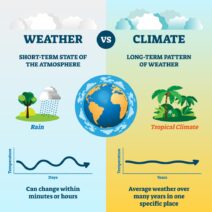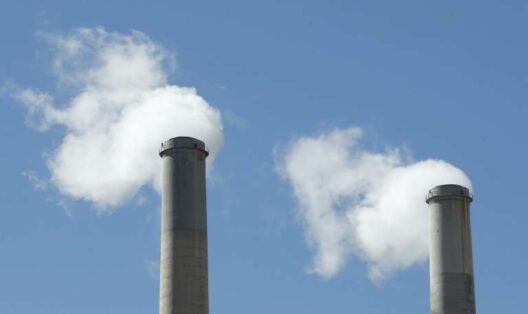The universe operates under a series of fundamental laws—those that govern motion, force, and energy. Among these, the law of conservation of energy stands as a cornerstone concept in both physics and environmental science. But what does this law truly encompass? And how does it influence the fabric of our physical reality? As we dive into the depths of energy conservation, we will unravel the intricacies of this principle while also contemplating challenging scenarios that emerge from its application.
Have you ever wondered what happens to energy when we use it? If energy cannot be created or destroyed, then is it really possible for us to make more of it? It’s a playful challenge, yet it invites us to ponder our energy practices and their implications for the environment.
The law of conservation of energy holds that within a closed system, the total energy remains constant over time. This means that energy can transform from one form to another—be it kinetic energy, potential energy, thermal energy, or chemical energy—but the overall quantity of energy will persist unchanged. This principle is crucial to understanding the dynamics of various physical systems and serves as a basis for many scientific explorations.
An understanding of this law begins with an exploration of different forms of energy. Let’s examine the most prevalent types:
**From Potential to Kinetic: Energy Transformations**
Potential energy is the stored energy an object possesses due to its position or condition. A classic example is that of a drawn bow. When the archer draws the bowstring, the bow accumulates potential energy. Once released, this energy transforms into kinetic energy, the energy of motion, propelling the arrow forward. This seamless transition from potential to kinetic energy exemplifies the conservation principle in action.
But what about energy lost to the environment? This leads us to consider thermal energy, often unavoidable in mechanical processes. When machines operate, they generate heat, converting some of their energy into thermal energy that dissipates into the surroundings. Although the total energy remains constant, the useful work that can be extracted diminishes—a vital aspect for engineers and environmentalists alike, as it encourages the pursuit of energy efficiency.
**The Ecosystem Connection: Energy Flow in Nature**
The law of conservation of energy is not confined to mechanical systems; it extends its reach into the intricate web of ecosystems. In biological contexts, energy flows through various trophic levels, from producers to consumers. Photosynthesis is an exemplary illustration; plants convert solar energy into chemical energy stored in glucose. Herbivores then consume these plants, converting that chemical energy into a form usable for their own biological processes, and this energy flows upward through the food chain.
However, consider the ramifications of human activity on these natural flows. Deforestation and pollution disrupt energy cycles, reducing the efficacy with which energy is transferred through ecosystems. Hence, conservation of energy is not simply a physical principle; it reflects a complex interplay with environmental stability and health.
**Challenges and Implications: Embracing the Conservation Ethos**
Understanding the law of conservation of energy prompts a deep reflection on our energy consumption habits. If energy cannot be created or destroyed, does it not create an imperative for more sustainable practices? As the world faces growing concerns of climate change and resource depletion, this principle urges a re-evaluation of our energy sources—leaning towards renewables and sustainable methods of production and consumption.
Moreover, the idea that energy loss occurs through inefficiencies poses questions about our technological advancements. Should we develop technologies to minimize energy loss, or can we shift our focus entirely to renewable resources that regenerate rather than deplete? This challenge resonates not just in the realm of physics, but also within ethics and responsibility towards our environment.
**Conclusion: The Indelible Mark of Energy Conservation**
In conclusion, the law of conservation of energy offers a profound understanding of how energy operates within the universe. This principle underscores the significance of energy transformations, the dynamics of ecological systems, and the paramount need for responsible consumption. As we navigate the complexities of our energy needs against the backdrop of a finite planet, embracing the ethos of conservation becomes vital.
Engaging with the law of conservation of energy leads us to re-imagine our relationship with the world around us. It highlights the interconnectedness of physical phenomena and environmental stewardship. The playful questions and challenges prompted by this exploration serve as a clarion call for innovation, responsibility, and a deeper appreciation of the energy that sustains life.







